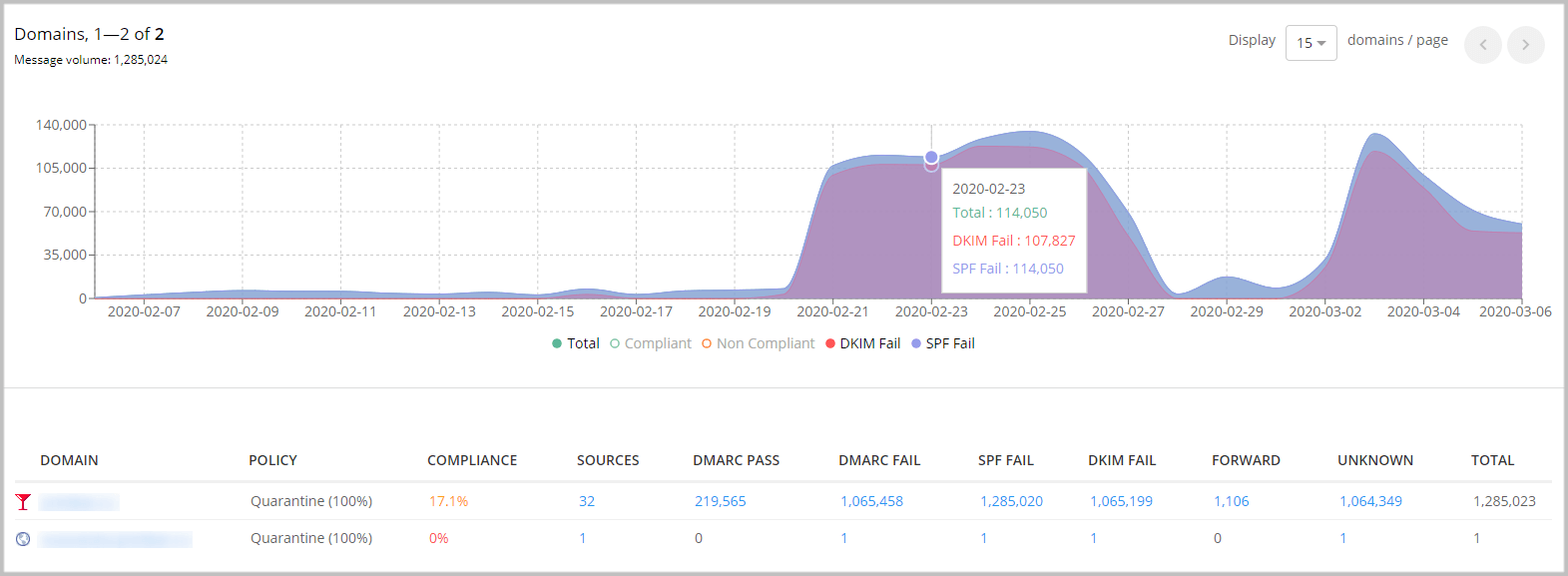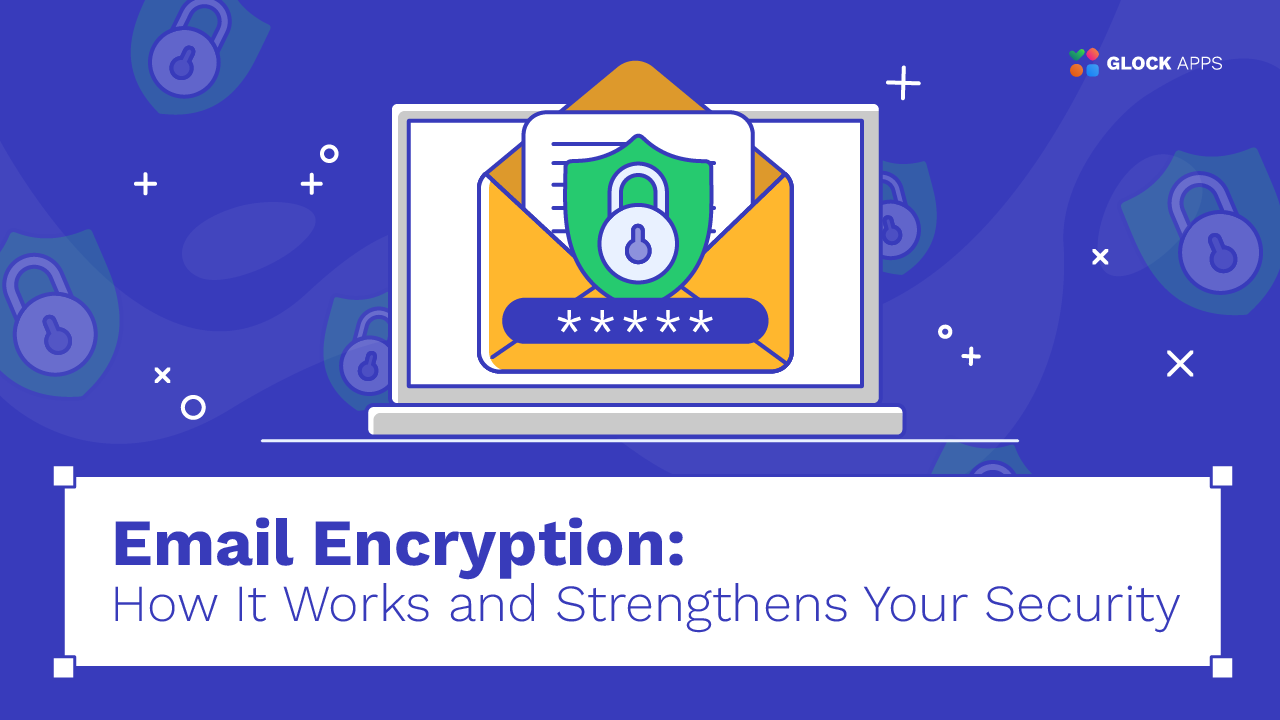Email Security: Protecting Your Sender Domain & Recipients

While phishing emails have always been an issue for digital marketers, today’s fraudsters are constantly adapting their tactics by capitalizing on trending topics and public concerns. This is yet another example of how attackers are seizing every opportunity to steal personal information. Now more than ever, users need to be careful about what goes in and out of their inboxes.
Common scams today often involve emails posing as urgent security alerts, fake customer service messages, or misleading notifications about account verification. Typically these emails include viruses in the form of malicious attachments or links intended to collect sensitive data.
As businesses, schools, and organizations rely more and more on digital communication, the volume of emails sent has exploded. Increased reliance on email also means greater vulnerability to phishing threats.
The attackers understand that people are more likely to respond to messages that seem urgent or very important – whether it’s a fake security update, a fraudulent invoice, or a misleading message from a trusted organization. Pretending to be government agencies, financial institutions, or well-known brands, attackers try to create temporary trust in the recipient in order to use it for personal gain.
If you still think phishing attacks only target uninformed individuals, you should be careful, because they also pose a serious risk to legitimate businesses. Fraudsters often spoof recognizable company names to make their emails appear authentic. When a company’s domain is used in phishing attacks, its reputation can suffer, undermining the trust it has built with customers over the years. That’s why proper email security is one of the most effective steps you can take to protect your business and its email communications.
Email Security: How to Protect Your Domain
One way to protect your domain is by employing DMARC authentication. Adding a DMARC record to your domain’s DNS and setting the “reject” policy creates a barrier that stops any emails that are masked to look like they were sent from your organization from arriving in the recipient’s inbox, therefore, keeping your domain safe.
The DMARC Analyzer tool from GlockApps lets you create a DMARC record to protect your domain. After publishing the DMARC record in DNS, you will receive full access to reports about how your sent messages all pass SPF, DKIM, and DMARC authentication. Furthermore, you will be able to monitor the sources that are sending emails on your behalf in real-time. A sudden increase in email messages sent from an unknown source on behalf of your domain is a telltale sign that your business is being spoofed.
The picture below demonstrates an email phishing attack detected by GlockApps DMARC Analytics:

GlockApps DMARC Analyzer offers real-time email notifications which will alert you whenever it detects unusual activities such as:
- Changes in your SPF or DMARC record
- Errors in your SPF or DMARC record
- Drops in your sent messages DMARC compliance rate
- DMARC authentication failures for your legitimate sending sources
- Unauthorized spikes in emails sent from your domain
In addition to email, you can integrate the GlockApps Gappie bot to Slack and Telegram to quickly check public DNS records for your domain (SPF, DMARC, rDNS, MX), resolve the IP to the hostname and back, check the IP against public blacklists, and run a quick spam test.
Read also: Email Spoofing Attacks
Whether a business hosts their own email system or sends email marketing campaigns using an email service provider, the domain administrator must check the domain’s public DNS records and make sure the correct configuration of the DNS records linked to the correct email infrastructure, be it MX, SPF, DKIM or DMARC.
Protecting your email domain and your recipients from malicious scammers is essential in today’s business world. If you haven’t implemented DMARC yet, right now is a perfect time.
Start using DMARC Analyzer right now with 10,000 free monthly DMARC messages and unlimited domains!
Conclusion
With phishing tactics never stopping getting more sophisticated, ensuring strong email security measures is a must for individuals and businesses alike. Implementing DMARC authentication helps protect your domain from spoofing and unauthorized use, reducing the risk of phishing attacks. With tools such as GlockApps DMARC Analyzer, you can monitor email authentication, detect suspicious activity, and protect your brand reputation. Take proactive steps now to significantly improve your email security and deliverability and keep your communications safer.



